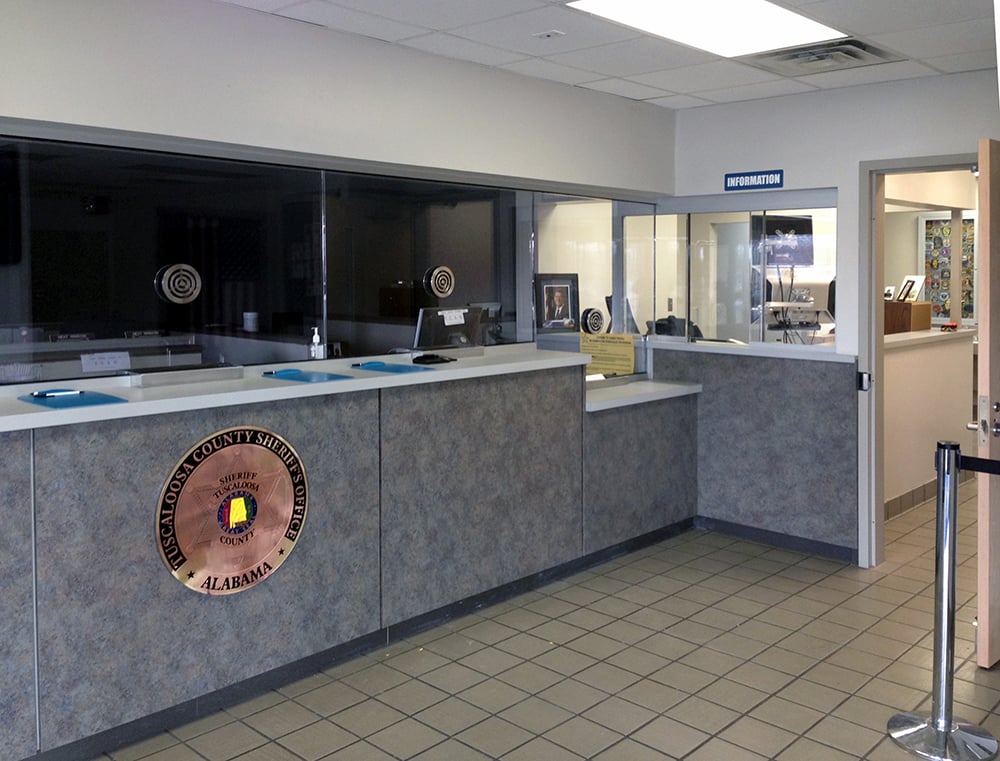In June 2015, a man attacked the Dallas Police Department headquarters with a semiautomatic weapon. Angered that he had lost custody of his son, he fired 40 rounds through the glass window at the front of the building and into the lobby. Miraculously, no one was killed—but, as the Dallas Morning News reported at the time, this highlighted the fact that Dallas police officials had long worried about underlying security concerns with their facilities, including the lack of bulletproof glass at DPD headquarters and seven substations. This lead some officials to start considering bulletproof systems for city offices.
Working With The Public: Look at Bulletproof Security
Jim Richards, CEO of Total Security Solutions, shares these concerns, and has long advocated that city managers consider the ballistic security of any civic office where employees regularly interact with the public.
City managers work hard to improve security at civic buildings without compromising citizen engagement, but the process of adding bulletproof glass to an existing office is not always clear. Total Security Solutions has decades of experience installing bulletproof glass in municipal buildings.
What Goes Into a Municipal Building’s Bulletproof System?
Most municipal bulletproof systems break down into two categories:
- Reception areas
- Security checkpoints
Protecting Reception Areas
The most obvious feature of a reception area security system is the transaction window—which can be a small, single-piece unit that drops in place, or a full counter protecting several stations or clerks. These ballistic windows can be fixed—with voice ports and package passers—or operable horizontal sliders, easily opened to facilitate business in low-threat situations. But reception security isn’t just that bulletproof window: Adjacent walls and counters are backed with bullet resistant fiberglass, and access is secured through a bullet resistant door. TSS offers these custom doors in many materials to blend with existing decor, including aluminum frame, steel, bullet-resistant fiberglass laminated with wood veneer, and bulletproof acrylic.
Protecting Security Checkpoints
Security checkpoints are more straightforward. They are usually surrounded by a bulletproof glass curtain wall with bulletproof aluminum framing, often eight to ten feet tall, isolating the x-ray machines and scanners while restricting access to the protected area. While an all-glass curtain wall provides maximum visibility for security staff, some facilities prefer a half-and-half wall, with a few feet of opaque ballistic fiberglass at the bottom of the wall. For a further layer of security, remotely controlled or card-swipe electric strike doors limit access to sensitive areas.
Bulletproof Ratings
All TSS products are UL-tested and rated by a fully accredited, nationally recognized testing laboratory. TSS custom-designed ballistic systems are available in UL-752 levels 1 through 8. Level 3 products, often used by banks and jewelers, can stop up to three shots from a .44 magnum. Most municipal security systems are rated at Level 3, although some may favor Level 4 exterior windows for especially sensitive or high-risk areas, if warranted.
Determining Your Needs for A Bulletproof Barrier
Our team can consult with you to determine the needs of your people and your buildings– including working with existing fixtures.
Once your security needs are fully understood, we can gather the appropriate onsite measurements, or guide your local facilities staff or preferred contractors through taking accurate and precise measurements, so that the design and engineering process can begin.
TSS delivers ballistic systems fabricated to tight tolerances, with excellent fit and finish. They ship ready to install, either by TSS’s team or your local contractors. Our installation process is quick and painless and we’re out of your way quickly.


